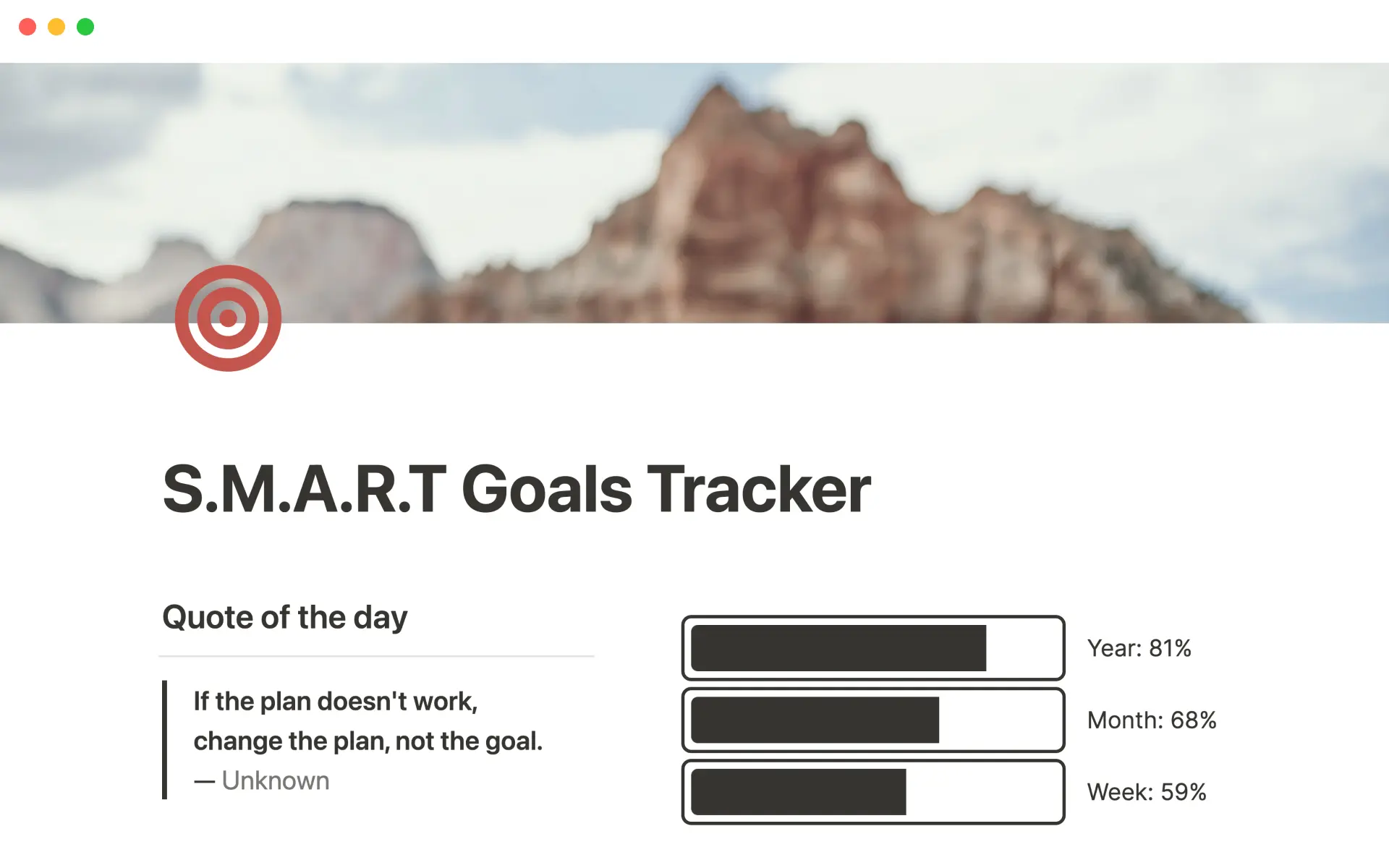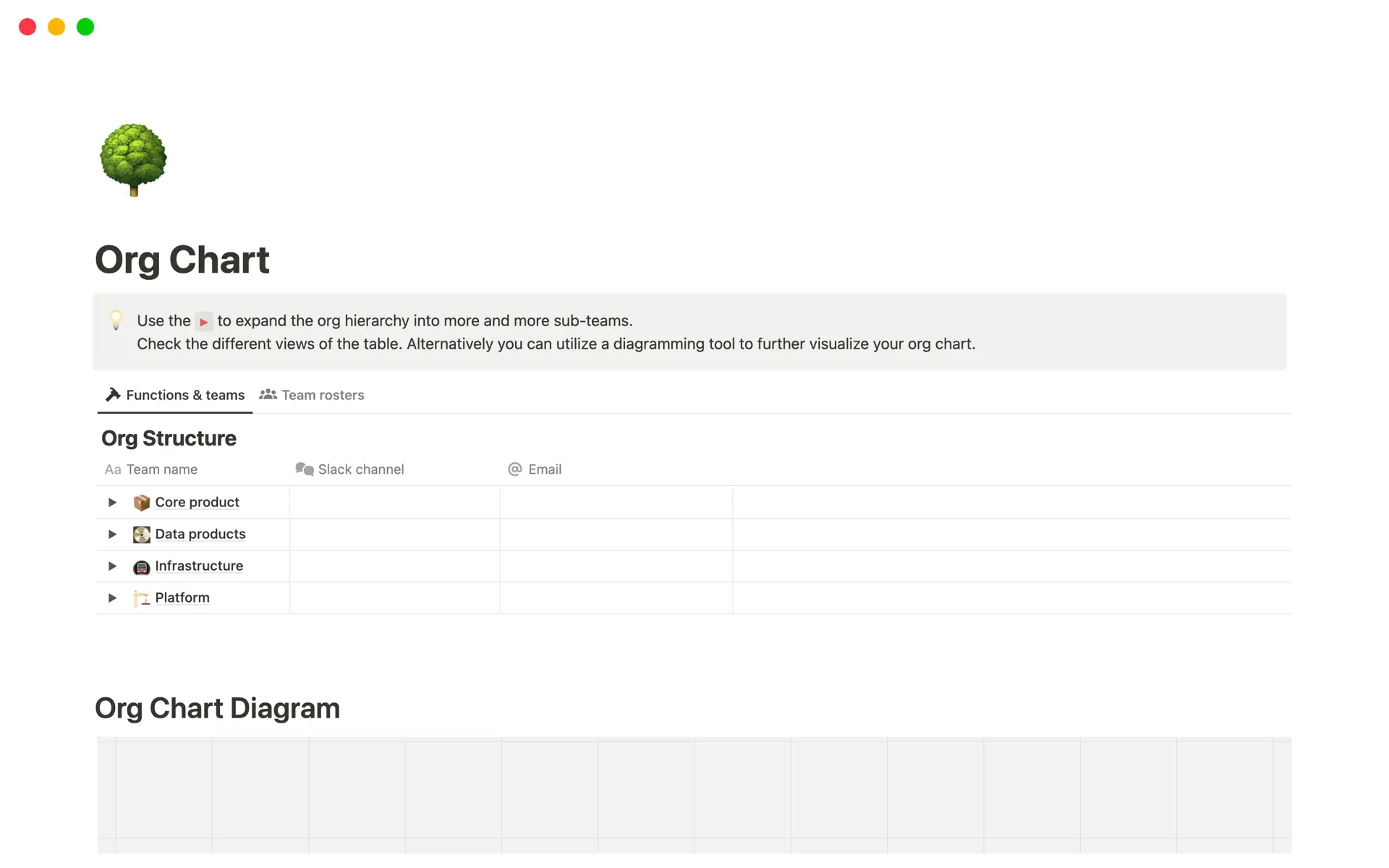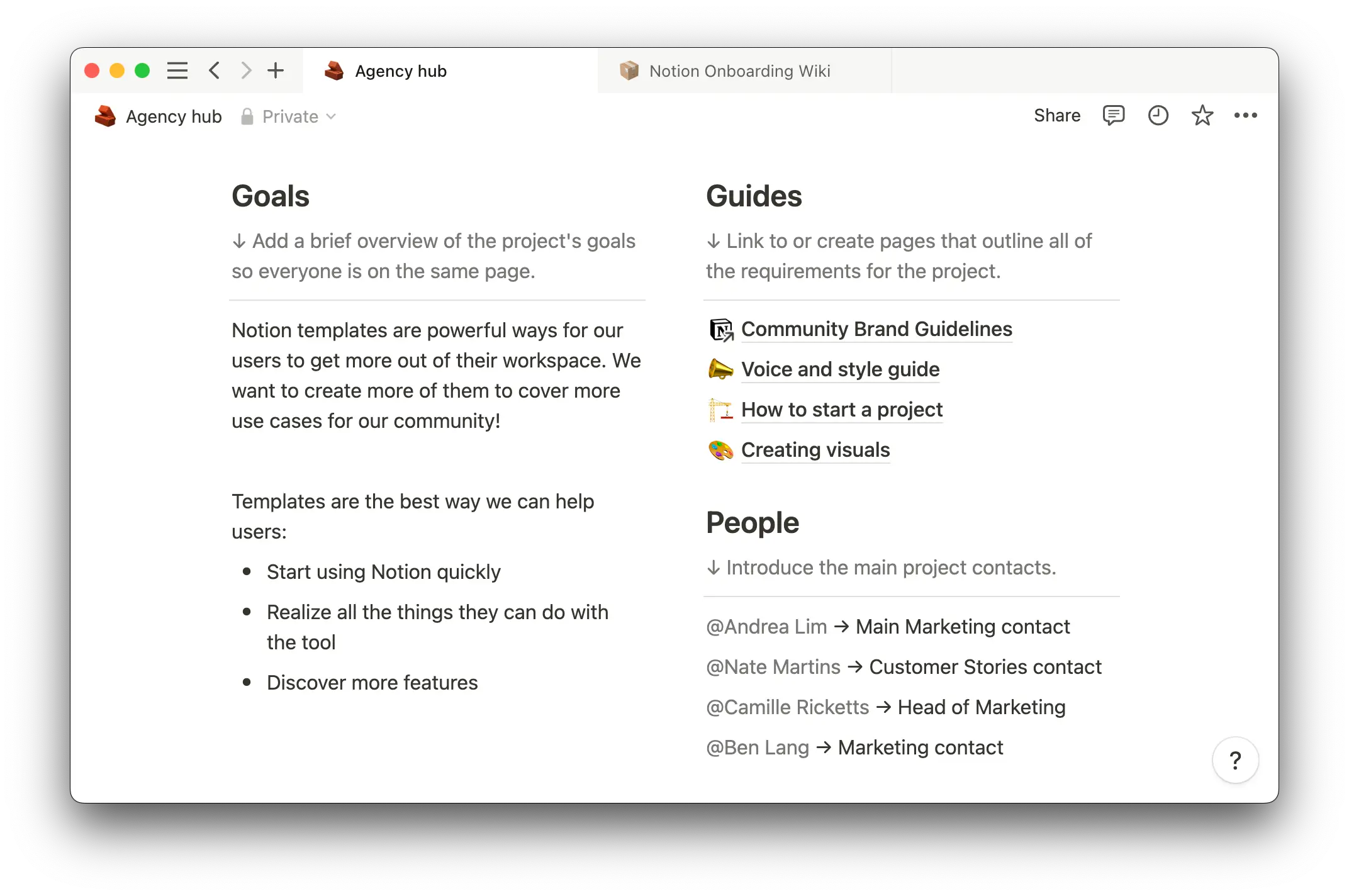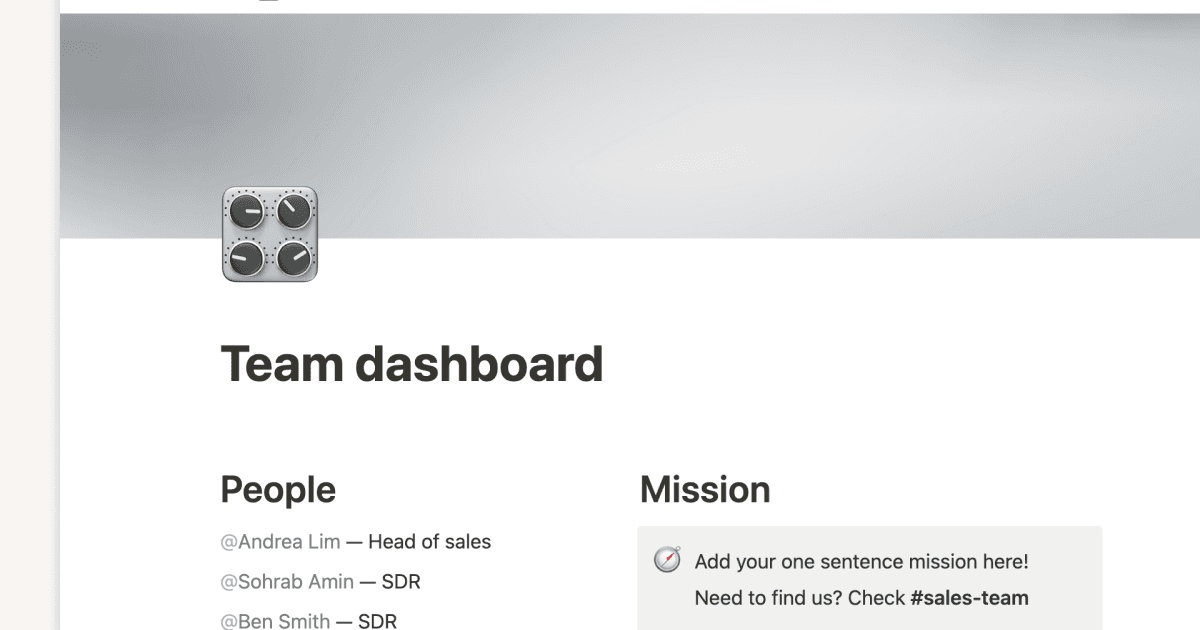While revenue is one way to measure business success, a company won’t last long if employees are disgruntled or unproductive. Another crucial way to measure success is with performance reviews. These allow you to check in on employee satisfaction and productivity to ensure that everyone is happy and contributing meaningfully.
Employee performance is subjective — people have unique professional goals and team metrics. As a manager, keeping your employees motivated and productive means figuring out what you need from them and what they want from you. A performance review template ensures that you hit these important markers when checking in and creates consistent documentation.
Why should you conduct performance reviews?
Some companies frame performance reviews as a process one must muddle through. But, when conducted well, an annual or semi-annual performance review is an excellent way to show you care about an employee’s professional growth.
Along the way, additional performance evaluations increase communication between managers and employees, setting realistic expectations and giving staff the chance to offer and receive feedback. Job performance is only a piece of the professional development puzzle — keeping employees engaged rests on giving them the chance to discuss their professional desires.
Effective professional development involves mentoring, monitoring, and following up on employee performance. Without the conversation opportunities performance reviews present, it isn't easy to truly understand where your employees stand and where you, as a manager, stand with them.

11 types of performance reviews
These performance review examples all carry the same intent: to understand employees' thoughts and expectations through a two-way conversation. Most of them are either annual or bi-annual. As a manager, it’s up to you to decide which of these you think will be most valuable to your employees.
Time-based performance reviews
While not required by any governing force, most time-based reviews stick to predetermined review periods. Here are a few of the most common.
1. Annual performance review
Whether based on the calendar year or an employee's anniversary date, the point of an annual review is to evaluate the entire year's performance. To ensure you cover a whole year in your meeting, your annual performance review template should include overall milestones, areas of improvement, and employee feedback you’ve collected throughout the year.
2. Bi-annual performance review
Use a bi-annual review if you expect speedy employee growth or quick scaling and promotions. You might also offer this on a situation-dependent basis, like for new hires or senior executives.
3. Quarterly performance review
As a manager, you might need a more comprehensive review process that gives you transparency into your employee's processes, needs, and wants. Having reviews more often, like quarterly, means you gain further insights and can have more focused meetings.
4. 30-60-90 performance review
You'll likely use this method when onboarding new hires. Check-ins at 30, 60, and 90 days show new employees support and allow managers to evaluate their early progress.
Team performance reviews
Your employees rarely work in isolation, so you should also evaluate the team dynamic. Team members must work well together to produce good results. If something is amiss, these reviews can quickly uncover it.
5. Self-assessment performance review
Many self-evaluation examples focus just as much on the team as they do on the individual. This is an excellent opportunity for managers to learn what employees think about their performance within the group. A self-review reveals many opportunities for further development, such as an employee's strengths, aptitude for teamwork, and whether they think they meet expectations compared to their peers.
6. Peer performance review
Annual or bi-annual reviews often include a peer review section for team member feedback. Adding this element gives managers further insight into their team's working dynamic and offers employees a glimpse into their own performance within the group.
7. Team performance review
When you really want to know where your employees stand and how they feel about your team management, you can send out an overall performance review or gather everyone together and open up the floor to discussion. You'll chat about collaborations that went well, those that didn’t, and growth opportunities or systematic changes employees want to try.
Additional performance reviews
Some less common employee performance reviews focus on specific areas of an employee's development or directly tie to company performance. Here are a few examples.
8. Fiscal year-end performance review
Like an annual review, a fiscal year-end review ties an employee's performance to the company's overall performance. This is more common for roles like sales that are commission-based. A company typically holds this review at the close of the fiscal year as they consider company financials and customer survey scores.
9. Goal setting performance review
You carry out goal-setting reviews to discuss employee objectives. These reviews typically involve checking in on measurable metrics and milestones set out earlier in the year. You'll also discuss how you can support your employee's professional goals.
10. 360 performance review
A 360 review accounts for all feedback from and about yourself, your peers, and your manager. This review type offers a holistic view of an employee's place in the organization and how their performance relates to everyone else’s performance.
11. Compensation performance review
Sometimes all you want to assess is compensation. You can offer your employees a compensation review to address raises warranted thanks to changes like inflation, performance, and responsibility increases. This review doesn't guarantee a raise or promotion, but it’s an excellent litmus test to determine if employees feel satisfied with their income.
What should your performance review include?
While performance reviews vary based on their purpose, most sample performance review templates include the following elements:
Employee name and date — add important subject information like the employee’s name, the date, and how long this employee has worked there.
Review period — specify the review period, like quarterly, bi-annual, or yearly, so employees know when you’ll check up on this review content.
Goals — note goals that were previously set to check in on, and leave room to fill out new ones. Perhaps you want this employee to learn a new programming language or support the team at a higher level, or you’re preparing them for a promotion and want them to lead more projects. Indicate those goals in their review so they feel well-informed and supported.
Employee strengths and weaknesses — positive affirmation is just as encouraging as critical feedback. If you don’t notice the employee’s strengths, they might think their hard work isn’t worthwhile and will stop putting in the effort, so chat about both their accomplishments and improvement areas to motivate them to keep up the good work.
Comments — you can add miscellaneous details here, like if they give you feedback about a teammate that’s not directly relevant to the review’s purpose.

6 Tips to succeed at performance reviews
Performance reviews can feel stressful for both managers and employees. You’re either giving or receiving feedback that might be difficult to hear. But here are six tips you can take into your reviewal process to ensure things go smoothly:
Be clear about your purpose — to avoid surprises and discomfort, ensure everyone involved understands the purpose of the review and when it’ll happen. You could also ask HR to include your team’s reviewal cadence in the onboarding process so employees feel prepared.
Include rating scales — you can use a performance rating to avoid ambiguity and employees wondering where they stand within the company. Even something simple, like a box at the top of the review that says either “Meets expectations,” “Exceeds expectations,” or “Is below expectations,” can give them a clear understanding of where they stand.
Set SMART goals — creating specific, measurable, achievable, realistic, and time-bound (SMART) goals for your employees ensures they understand expectations and can achieve these objectives. You’re setting them up for success, meaning reviews are more likely to be positive.
Be detailed about your feedback — general feedback that doesn’t thoroughly discuss successes or failures leaves employees confused and disheartened. Be specific, highlighting instances where they did a solid job and ones where they could improve and how. Doing so prevents misunderstandings and provides employees with the information needed to make adjustments.
Be empathetic and motivating — give employees a reason to look forward to their review by making these meetings positive and inspirational. Negative lectures focused only on improvement areas will only result in higher turnover.
Be objective — even if you two hang out after work, be objective in a review meeting. An employee you’re friends with might not receive your feedback as seriously if you’re delivering it casually, so take a step back from being their friend and approach the review from a managerial standpoint.
3 performance review template examples
Keep your reviewal process streamlined and consistently documented by starting with one of these Notion templates:
Improve everyone’s performance with Notion templates
Performance reviews give everyone a chance to voice concerns and celebrate successes. Everyone deserves to have these pauses for reflection so they can make adjustments before moving forward.
To boost employee performance even further, try out one of Notion’s task management or project management templates. Or search the template gallery to find something perfectly suited to your team’s needs.







